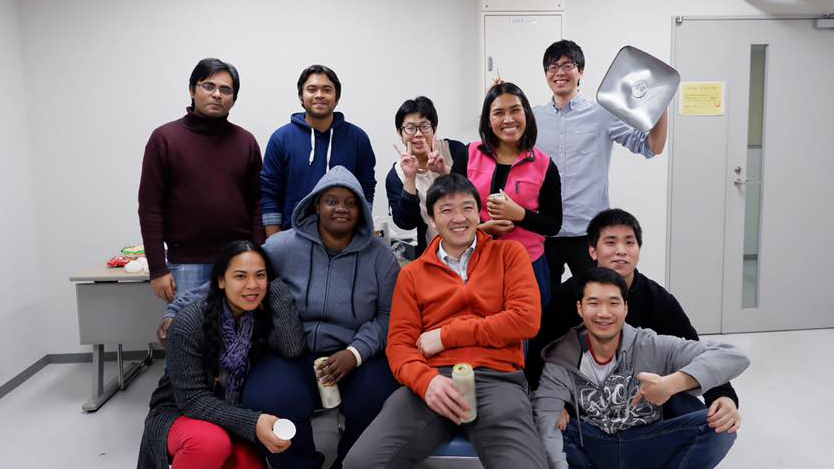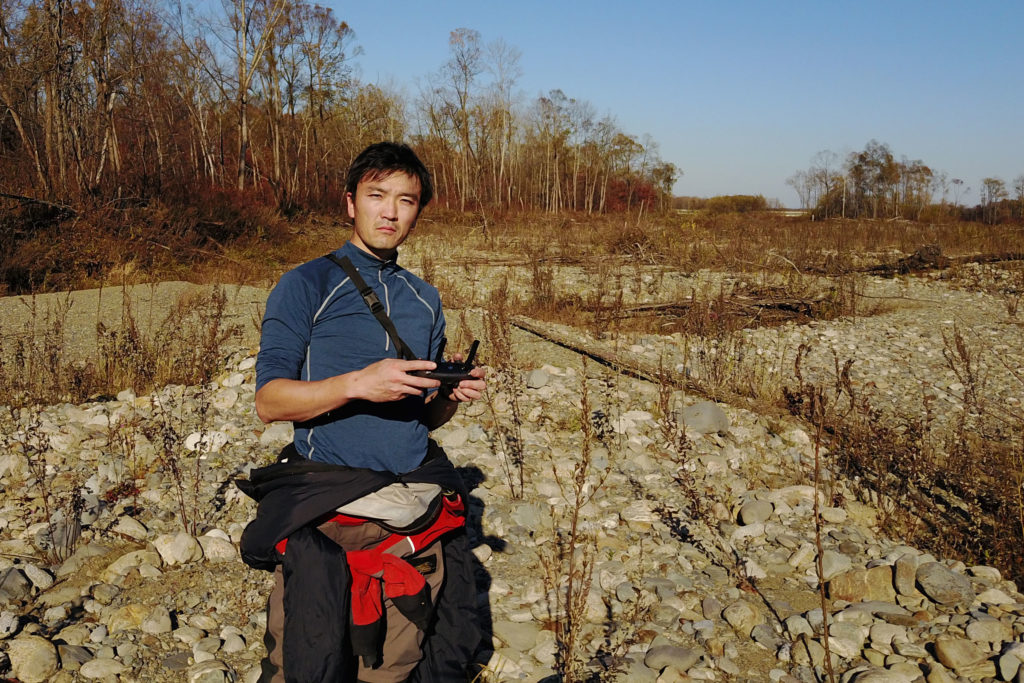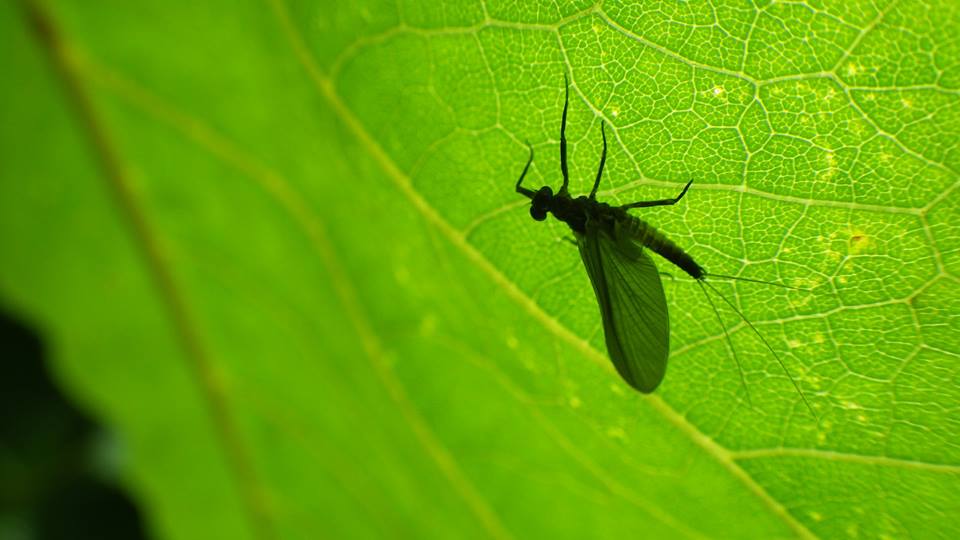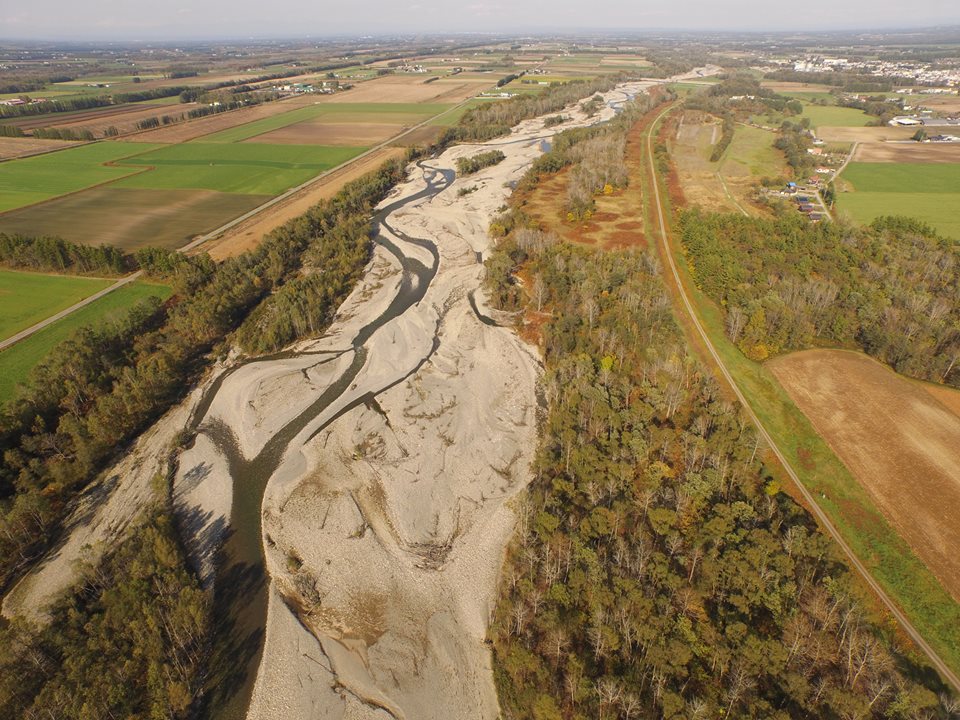Spotlight on Research: Groundwater systems, the underdog of water pollution studies
Research Highlight | May 07, 2019
Countless communities rely on groundwater, water underneath the surface of the earth, as a source of drinking water, for irrigation, aquacultures, to maintain parks and gardens…the list goes on. But, even though these systems are much more expansive than surface water systems, since we can’t see them, they are easily overlooked.
Water systems, rivers, lakes, and in turn biodiversity, are facing serious problems. This is something not new to us. We know these are problems, but we don’t necessarily know how to address them.
Associate Professor Junjiro Negishi of the Faculty of Environmental Earth Science is one scientist working to better understand these issues through studying groundwater systems. He is also an active science communicator, making great efforts to inform local communities in Hokkaido about the environmental problems they are facing but may not be fully aware of.
“I’m researching everything related to rivers and lakes with my current focus on groundwater systems… water quality, sediments, insects, fish, even human services, in the hope that I can provide managers, government bodies, and also the public, with helpful information on how to preserve our water systems,” said Dr. Negishi.
At the Ishikari River, the largest of its kind in Hokkaido, and the Tokachi River in the eastern part of Hokkaido, Dr. Negishi takes chemical and biological samples to determine the quality of the water and analyze how pollution is affecting biodiversity in these regions. His biological samples include mayflies, stoneflies, and caddisflies.
“Although not aware of it, the people using these rivers tend to go to the areas where there is a rich diversity in insect communities, since that is where they see good water quality,” Dr. Negishi explained. “Flies are also useful biological indicators to understand environmental changes and pollution. The community structure of those bugs changes depending on the condition of the river, and will change if a dam is built upstream, for example.”
According to Dr. Negishi, compared to the study of surface water systems, that of groundwater is severely lagging. For example, his team are still regularly identifying new species living in groundwater systems, something he says is new to science. And with logistics not on their side, many areas are inaccessible and covered by infrastructure.
“Because of these complications, we are mostly working in good quality areas that are not built over. However, we are planning to start work on the Toyohira River running through the city of Sapporo. Since the river’s original characteristics are so similar to the Tokachi River, it will be useful to see just how much and in what ways human activities influence the poor conditions of rivers and our way of life.”
Dr. Negishi is from Kanagawa Prefecture. He is able to recall how much the natural environment there has disappeared since his childhood. “This is why I got into this type of research. There used to be a lot of opportunities to do outdoor activities and the waters used to be so much cleaner. I need to do something about this!” he exclaimed.
In addition to his research and teaching duties, Dr. Negishi provides educational programs to elementary and high school students throughout the year.
“The best part of my job is that I can tell the stories of science.”
He also helps run volunteer projects such as tree planting. Through these kind of projects, he is able to assist corporations in explaining the science in ways that are easy to understand so that the general public can connect with their local environment.
“What we don’t see, we tend to ignore, and that’s where scientists come in,” he said lightly gesturing to himself.

Dr. Negishi’s lab consists of Japanese students and students from Bangladesh, China, Thailand, Zambia and the Philippines.
He emphasizes to all his students the importance of cross-cultural communication in the classroom, lab and the field
Researcher details:
Associate Professor Junjiro Negishi
Faculty of Environmental Earth Science
Hokkaido University
Author: Dr. Katrina-Kay Alaimo



